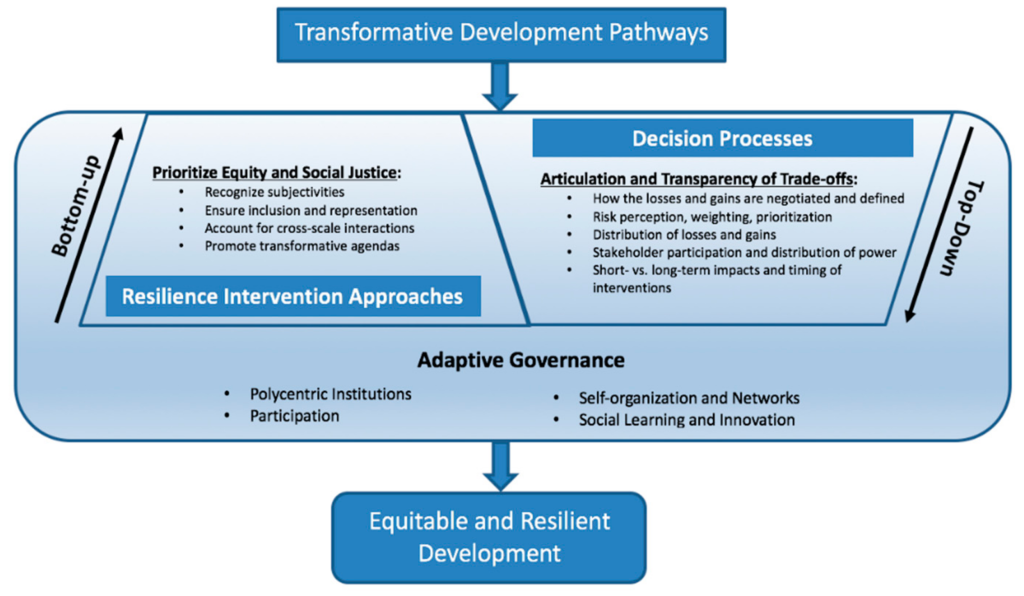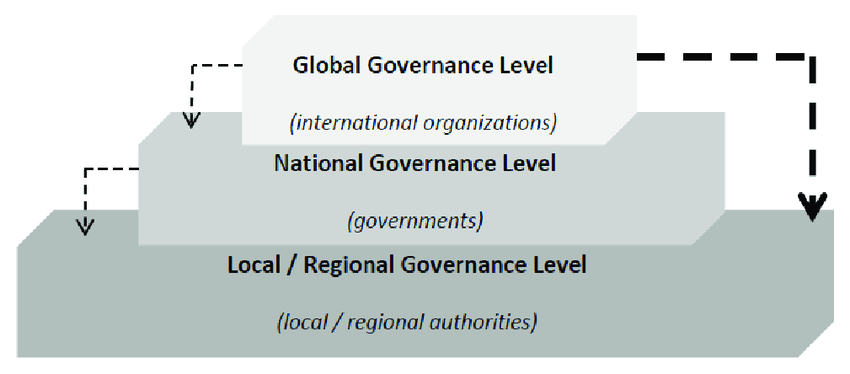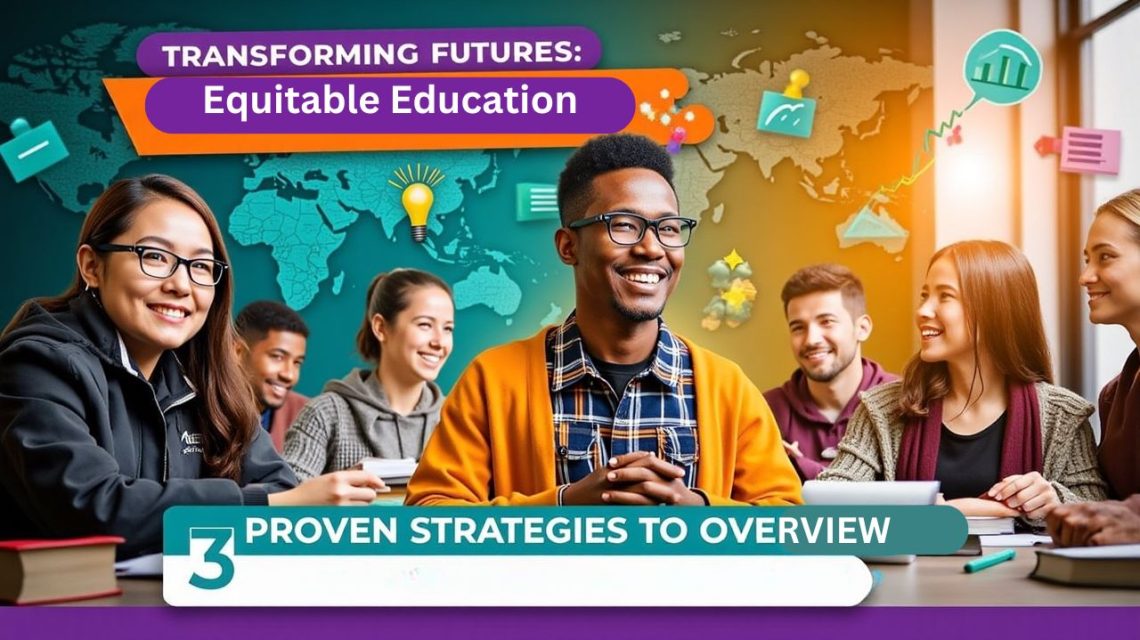Education is the key to unlocking opportunities, 3 Proven Strategies breaking cycles of poverty, and building brighter futures. Yet, millions of children and adults worldwide are denied this basic right due to systemic governance failures.
Corruption, unequal resource distribution, and outdated policies often leave marginalized communities behind. But there’s hope. By focusing on proven strategies that combine good governance with grassroots action, we can create fairer, more inclusive education systems
we’ll explore three practical, human-centered approaches to transform education:
1.Community-Driven Accountability
2. Digital Tools for Bridging Gaps
3. Teacher Empowerment & Training
1. Community-Driven Accountability 3 Proven Strategies :
This Problem :- Top-down governance often ignores local needs. Funds meant for schools vanish into bureaucracy. Rural areas lack basic infrastructure, while cities get better facilities. Parents and students feel powerless to demand change.
This Solution :- Community-driven accountability ensures that local voices shape education policies. When communities monitor budgets, track progress, and hold leaders responsible, corruption shrinks, and resources reach classrooms.
How It Works
School Management Committees (SMCs): Parents, teachers, and students work together to manage school funds and improvements.
Public Audits: Transparent sharing of school budgets and spending builds trust.
Citizen Feedback Apps: Mobile platforms let communities report issues (e.g., teacher absenteeism) directly to authorities.
2. Digital Tools for Bridging Gaps:
This Problem
Not every child has access to quality teachers, textbooks, or classrooms. Remote villages, conflict zones, and low-income areas suffer the most. Traditional systems fail to adapt.
This Solution
Affordable, accessible technology can bridge gaps and bring learning to everyone—no matter where they live.
How It Works
E-Learning Platforms: Free apps like Khan Academy or local platforms (e.g., Nigeria’s uLesson) offer lessons in math, science, and languages 3 Proven Strategies.
During COVID-19, Bangladesh’s “TeleSchool” program reached 30 million students via TV and radio.
Digital Libraries: Offline apps like Worldreader provide thousands of books to students without internet.AI-Powered Tutoring: Chatbots help students practice skills at their own pace.
Infrastructure Gaps: No electricity or smartphones? Tech alone can’t solve everything. Governments must invest in basics first.
Teacher Training: Educators need support to blend tech with classroom teaching.Technology isn’t magic—but when paired with good governance, it can level the playing field.
3. Teacher Empowerment:
The Heart of Quality Education 3 Proven Strategies Teachers are overworked, underpaid, and rarely trained to handle diverse classrooms. Many quit due to burnout, leaving schools understaffed.
The Solution
Investing in teachers = investing in students. Empowered educators create ripple effects for generations.
How It Works
Fair Pay & Benefits: Teachers can’t inspire futures if they’re struggling to survive.
Continuous Training: Workshops on inclusive teaching, mental health, and tech tools keep skills fresh.
Example: Rwanda’s “Building Learning Foundations” program trained 30,000 teachers in student- centered methods.
Mental Health Support: Counselors and peer networks help teachers manage stress.
In Brazil, a state program reduced teacher turnover by 40% by offering housing subsidies and mentorship. Students’ test scores rose by 15%.
Governments must step up to make these strategies work:
Deconcentrated Decision-Making: Let local leaders allocate budgets based on community needs.
Punish Corruption Strictly: Jail officials who steal school funds—no exceptions.
Collaborate with NGOs: Groups like UNICEF or Room to Read bring expertise and funding.
22 Years Later: More Schools, But Are Students Learning 3 Proven Strategies?
Since then, school enrolment has improved significantly:
✔️ 100% of children are enrolled in primary school
✔️ 90% of students continue to lower secondary school
However, while more children are attending school, their learning levels remain poor:
🔹 80% of Grade III students cannot read a Grade II-level text
🔹 75% of Grade III students struggle with basic subtraction
For years, education policies have focused on infrastructure, digital tools, and teacher qualifications. While schools now have better playgrounds and modern furniture, the basic learning crisis has been ignored.
3 Proven Strategies 3 Proven Strategies The system has ensured that children attend school—but not necessarily learn.
Need for Accountability 3 Proven Strategies in Education Good governance depends on transparency and accountability.

In India, many institutions regulate key sectors:
✅ RBI (Reserve Bank of India) ensures financial stability
✅ SEBI (Securities and Exchange Board of India) regulates stock markets
✅ FSSAI (Food Safety and Standards Authority of India) monitors food quality
Similarly, the National Education Policy (NEP) 2020 has proposed a State School Standards Authority (SSSA) to monitor school quality. 3 Proven Strategies This authority aims to bring fairness, structure, and efficiency to education.
How Can SSSA Ensure Better Learning?
To be effective, 3 Proven Strategies the SSSA should follow a four-step process, similar to other regulatory bodies:
1️⃣ Set clear standards – Schools must meet basic norms for safety, infrastructure, teacher-student ratios, financial integrity, and governance.
2️⃣ Measure performance accurately – Regular assessments should track whether students are actually learning.
3️⃣ Make information public – School performance should be transparent so parents and communities can make informed choices.
4️⃣ Educate people – Teachers, parents, and policymakers should be aware of best practices to improve learning outcomes.

Conclusion:
Atal Bihari Vajpayee’s vision ensured that every child in India gets a chance to go to school. However, real progress will happen only when students actually learn. By improving transparency, accountability, and governance in education, we can turn schools into true centers of learning and build a stronger future for India.



Good!
super!
super!
wonderful!